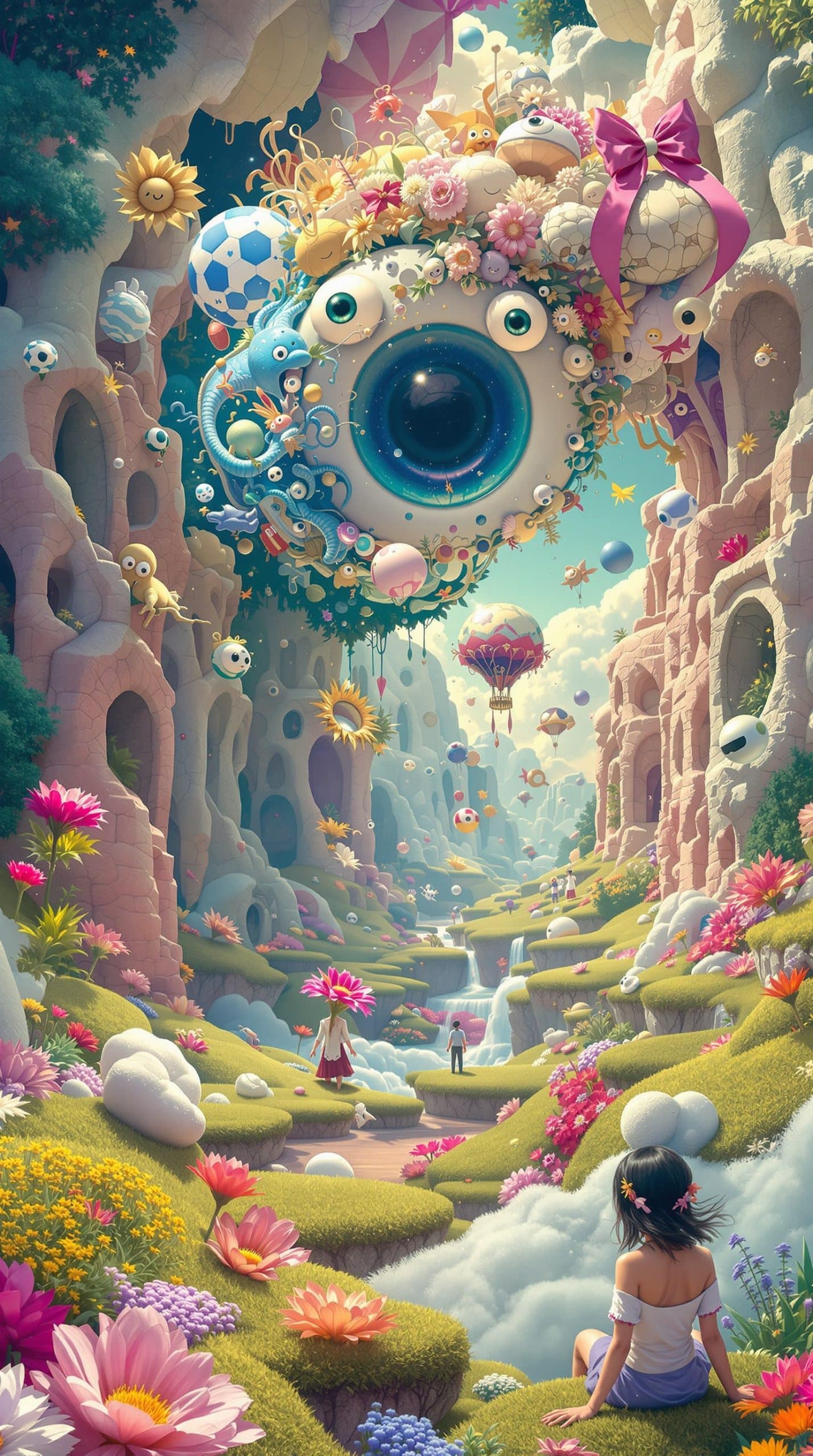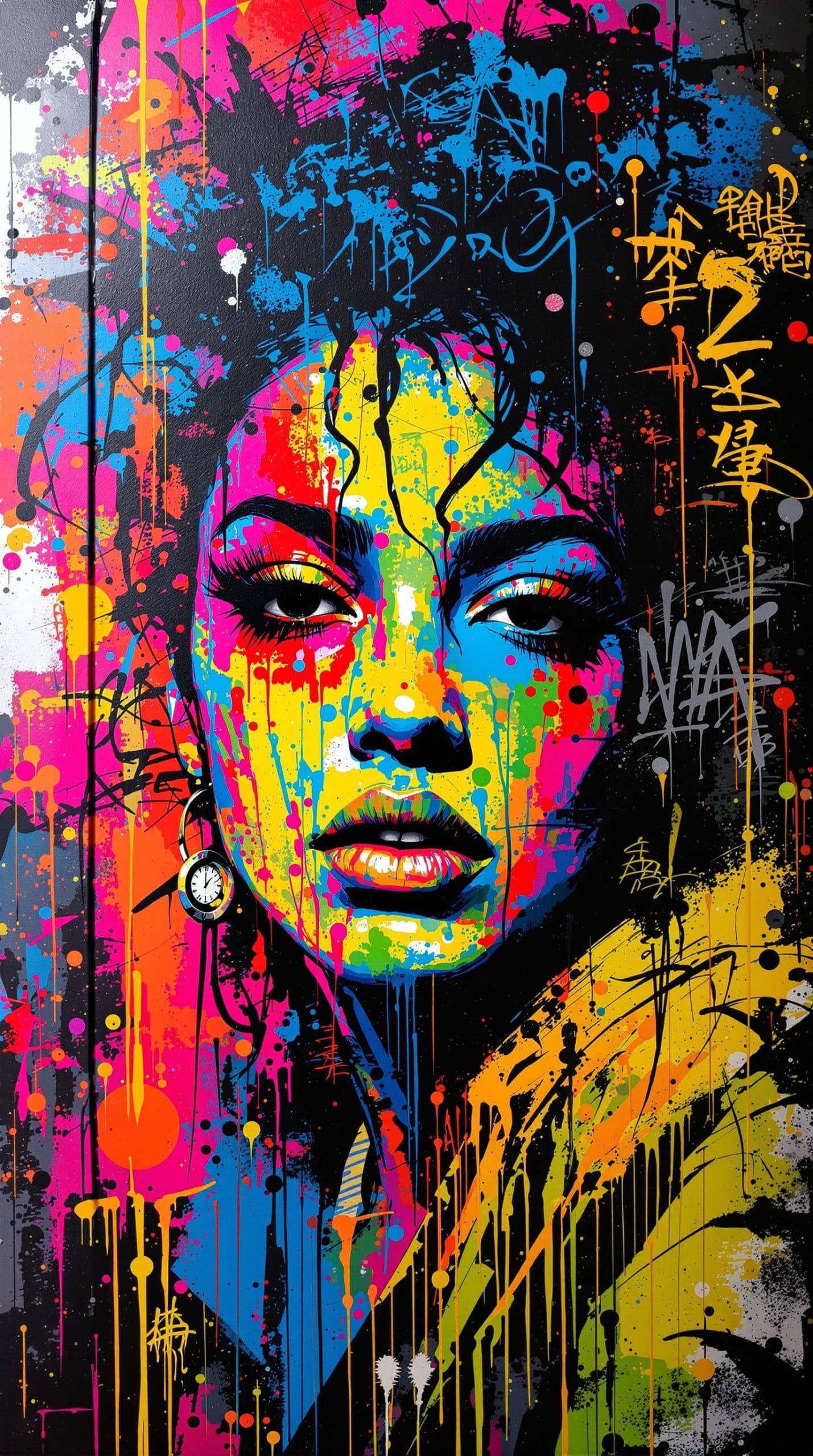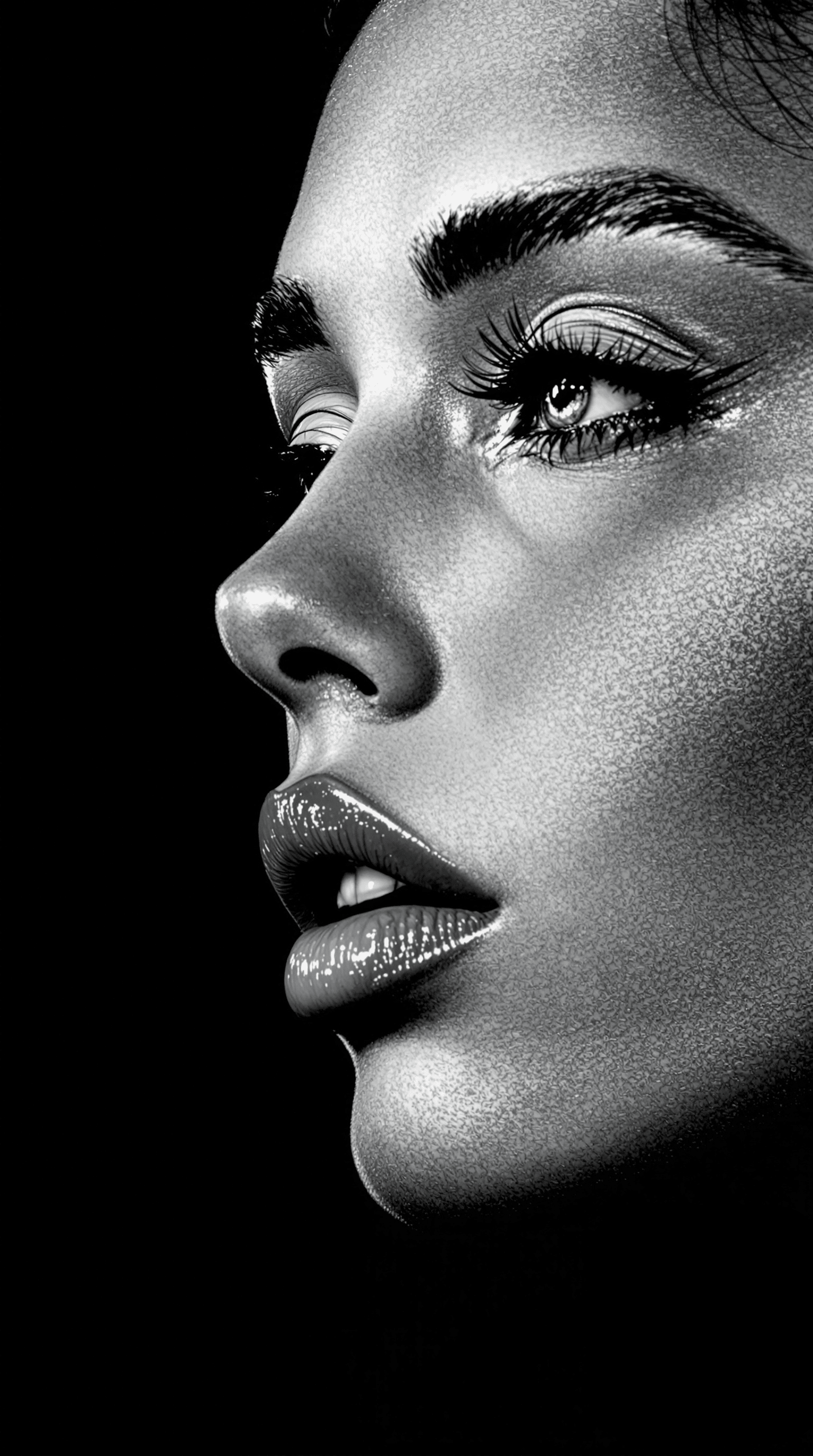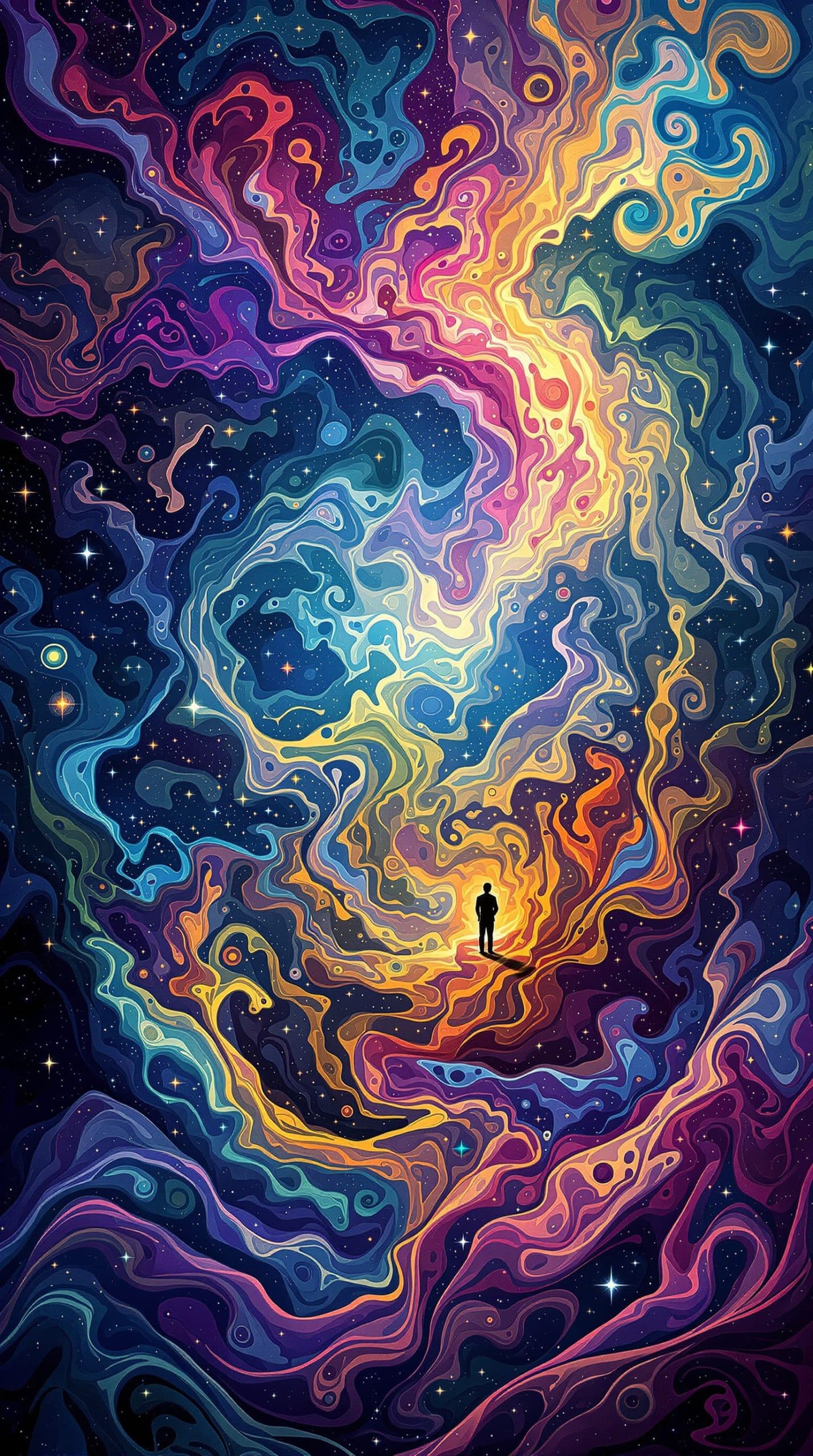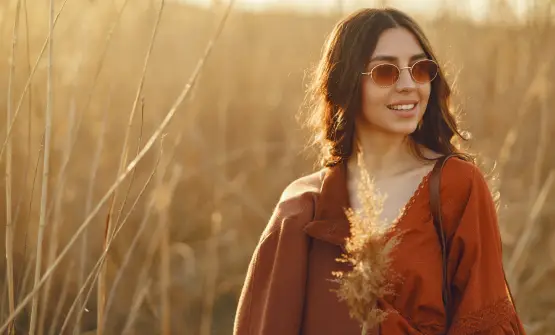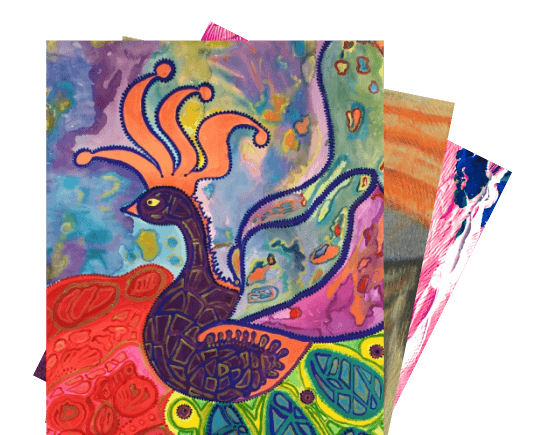Filters
Available Artwork
Showing 1–9 of 14 results
Other styles of paintings you may like
Origins of Still Life Painting:
Still-life paintings have their origins in the Middle Ages and ancient Greek and Roman art. Some of its earliest works were also discovered in ancient Egypt in the 15th century, found in burial sites that represented funerary paintings depicting meat, fish, and grains, which were intended to carry over into the afterlife or made as offerings to the gods. In the 16th century, this form of art also emerged as a distinct genre and a professional specialisation in Western painting and has remained significant since then. However, it was thought that the Italian Renaissance painter Jacopo de' Barbari created the first still-life panel painting in 1504; however, it was not until the seventeenth century in Northern Europe that the genre fully came into its own.
Still, life as a particular art genre began with Netherlandish paintings in the 16th and 17th centuries. The English term "still life" originates from the Dutch word "stilleven." Early still-life paintings, especially those created before 1700, often carried religious or allegorical symbolism, with the objects depicted serving as symbols of deeper meanings. Later still-life works are produced using a variety of media and technologies, including found objects, photography, computer graphics, as well as video and sound.
The "Vanitas" genre, which emerged in both the Renaissance and Dutch Golden Age of the 17th and 18th centuries, became popular among the artists. Where the artists were found combining religious iconography with various memento mori symbols, such as burning candles, dried fruit, flowers, and skulls, as well as symbols of indulgence, including wine, food, and books, referencing the superficial and fleeting 'vanities' of daily life, these works became influential across Europe. Flower painting also became a popular subject during the 18th century. Throughout the 19th and 20th centuries, artists continued to explore this subject in a range of styles. Realist, Impressionist, and Post-Impressionist painters sought to imbue everyday objects with depth and meaning, using them to highlight the beauty of simplicity and truth over grandeur and extravagance. This approach is evident in Edouard Manet's dark, moody compositions and Glasgow artist William York Macgregor's richly detailed The Vegetable Stall (1884).
Towards the end of the nineteenth century, still life became more of a backdrop with which artists could explore aspects of stylisation, exaggeration and abstraction. In modern times, still life continues to evolve with digital media and photography, though the essence remains, drawing beauty and contemplation from everyday objects.











